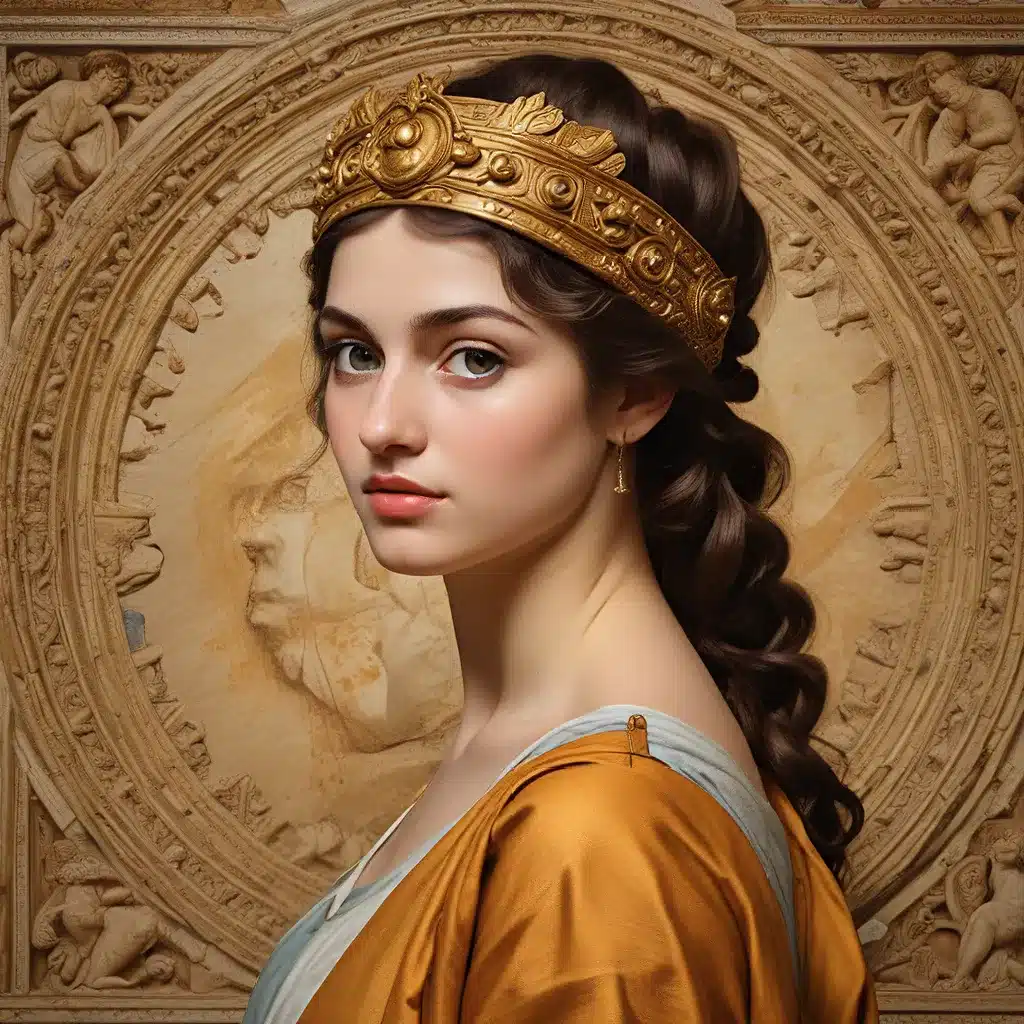
Unveiling the Hidden Treasures of Prehistoric Rock Art
The ancient world is a treasure trove of artistic wonders, hidden in the crevices of time and waiting to be discovered. From the Iberian Peninsula to the far-flung corners of the globe, archaeologists have uncovered a diverse array of prehistoric rock art that offers a glimpse into the rich cultural tapestry of our ancestors.
One such remarkable discovery lies within the secluded valleys of northwestern Iberia, where dolmens – elaborate stone chambers used for burial and ritual practices – have yielded some of the most captivating artistic masterpieces of the ancient world. The Megalithic Art in Portugal (MAP) research project has been at the forefront of unveiling these hidden gems, employing cutting-edge techniques to uncover the true brilliance of these prehistoric artworks.
Recent explorations of two dolmens near the city of Viseu in central-northern Portugal have yielded astounding results. Using a technique called Decorrelation Stretch (D-Stretch), the researchers were able to reveal the true extent and vibrant hues of the painted geometric and symmetrical patterns adorning the chamber uprights of these monuments.
The first site, the Arquinha da Moura passage-grave, was discovered in 1990 when it was being used as a shelter by local hunters. Despite the modern-day disturbances, the passage and chamber, delineated by 17 large upright stones, have remained in relatively good condition, thanks to the periodic covering by vegetation and soil formation. The excavation of the site between 1992 and 1993 yielded a wealth of grave goods, including flint tools, pottery, and items of personal adornment, suggesting that successive generations of the community were interred within the chamber.
The researchers discovered that the human remains had been unusually grouped, with skulls on one side of the chamber and long bones on the other. Interestingly, the jaw bones and most teeth were absent. Four of the stones were decorated using haematite, also known as red ochre, and traces of this pigment were found on the chamber floor during the excavation.
A detailed inventory of the decorated stones revealed a remarkable array of painted elements, including anthropomorphic figures, a grid or net-like pattern, and animal figures, such as a caprid (goat). The conventional photographic record showed clear painted surfaces, but the true hues, pigment textures, and extent of each painted image were difficult to discern. However, the application of the D-Stretch process revealed a considerably more detailed record, teasing out many of the hidden images that had been absorbed into the rock surfaces.
Rediscovering Ancient Artistic Traditions
The discoveries at the Arquinha da Moura passage-grave are not unique. Across the Iberian Peninsula, numerous other dolmen sites have been found to contain equally captivating and well-preserved examples of prehistoric rock art. These artistic masterpieces offer a window into the rich cultural and spiritual traditions of the region’s ancient inhabitants.
Exploring the artistic achievements of the ancient world is a fascinating journey that transcends the boundaries of time and space. From the towering pyramids of Egypt to the intricate rock carvings of the Iberian Peninsula, these ancient civilizations have left an indelible mark on the cultural fabric of our world.
The Megalithic Art in Portugal (MAP) project, led by a team of dedicated researchers, is at the forefront of this exploration, shedding new light on the artistic masterpieces of the past. By employing cutting-edge techniques like D-Stretch, they are able to uncover the true beauty and complexity of these prehistoric works, revealing a level of artistic sophistication that challenges our preconceptions about the capabilities of our ancient ancestors.
These discoveries are not just important from an artistic or archaeological perspective; they also hold profound implications for our understanding of the cultural and spiritual practices of these ancient societies. The careful placement of the human remains, the presence of grave goods, and the intricate symbolism encoded in the rock art all suggest a deep reverence for the dead and a belief in the afterlife.
Unlocking the Mysteries of Prehistoric Art
As the research continues, the Megalithic Art in Portugal (MAP) project is poised to uncover even more secrets of the ancient world. The team’s dedication to exploring and documenting these remarkable sites has already yielded remarkable results, and they are sure to continue pushing the boundaries of our understanding of prehistoric art and culture.
The rich artistic heritage of the ancient world is a testament to the ingenuity, creativity, and cultural sophistication of our ancestors. From the Iberian Peninsula to the far-flung corners of the globe, these artistic masterpieces continue to captivate and inspire, challenging us to explore the depths of human expression and the enduring mysteries of the past.
As we delve deeper into the world of prehistoric art, we can’t help but wonder what other hidden treasures await discovery. The journey of exploration and understanding continues, and the Megalithic Art in Portugal (MAP) project is leading the way in this fascinating quest to uncover the lost masterpieces of the ancient world.


